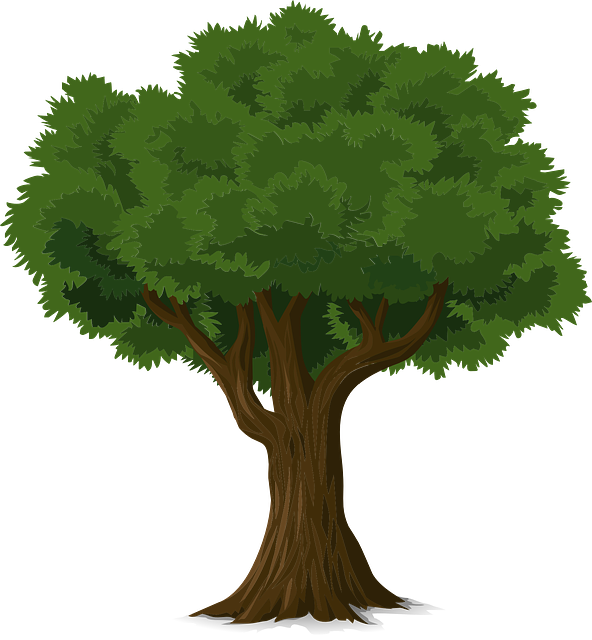
Improves air quality
Trees are sometimes referred to as the lungs of the Earth because they absorb pollutants using their leaves and filter them. Trees are like all green plants; they produce oxygen through a process known as photosynthesis.
Improves water quality and reduces erosion and flooding
The leafy canopy of tree catch precipitation before they hit the ground, which allows them to drip gently as the rest are evaporating. Trees help reduce erosion because the roots hold soil in place. This is why trees usually lessen the force of storms and reduce the amount of runoff into streams, sewers, and rivers, which is going to improve the quality of water. 100 mature trees can intercept around 100,000 gallons of rain every year.
They temper climate
Trees lower humidity and air temperatures; they can also affect wind speed. When water evaporates from trees, it has a cooling effect. Cities around the world are developing “heat islands” because pavements and dark roofs absorb solar energy then radiate back. Parking lots with trees see 36 degrees Fahrenheit reduction in temperature, while car interiors’ temperatures are reduced by up to 47 degrees Fahrenheit.
Conserves energy
When three large trees are placed on the sunny side of a house, during the summer the house is going to see its air-conditioning costs reduced by as much as 30 percent. You should choose deciduous trees for this because they shed their leaves in winter, which will expose your house to the warming winter sun, which can then reduce your heating costs.
Good for the economy
Experts have analyzed homes and noticed that the ones near trees were valued 9 to 15 percent higher compared to those without. Research has shown that people tend to linger longer when there is a shaded avenue compared to one without a tree. Some people are willing to pay more for this.
They create habitat for animals and plants
When trees are established in a given area, other plants and wildlife follow, which results in a healthier ecosystem. Trees provide food and shelter for birds and small animals
Improves health
Research has shown that being exposed to trees can have a relaxing effect on humans, reduce stress, and impart a sense of well-being. Patients admitted to a hospital with a window view of trees tend to recover faster compared to those without trees. Children with ADD can concrete better after they spend time outdoors in green settings. If you are wanting to get a ‘tree hazard assessment‘ done or just want to learn more about them, then see here.
Reduce crime
Data has shown that apartments with greenery have fewer crimes compared to those without any trees.
Reduces noise pollution and can act as screens
A belt of trees 50 feet tall and 100 feet wide can reduce highway noise up to 10 decibels, which can lead to noise being reduced by half. Trees that have been planted close to each other can block unsightly views. You will enjoy driving on a road that has green compared to those with just barren land.
Promotes community
Trees are good because they can enhance the community’s sense of pride, and ownership. Communities can come together and take part in tree planting programs, which is going to result in a sense of community. Members of the community will get the chance of being part of environmental responsibility and ethics. Such programs are a sign of change and it is going to encourage other programs that will help the environment and improve the community.
Comments are closed